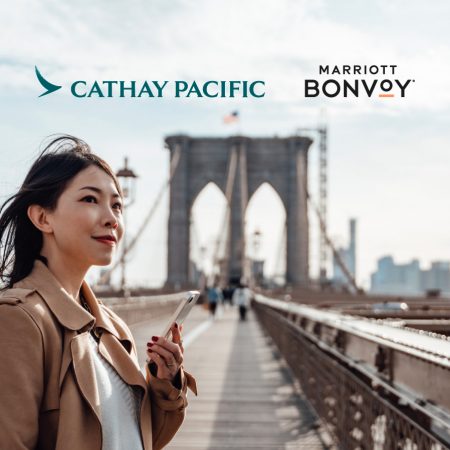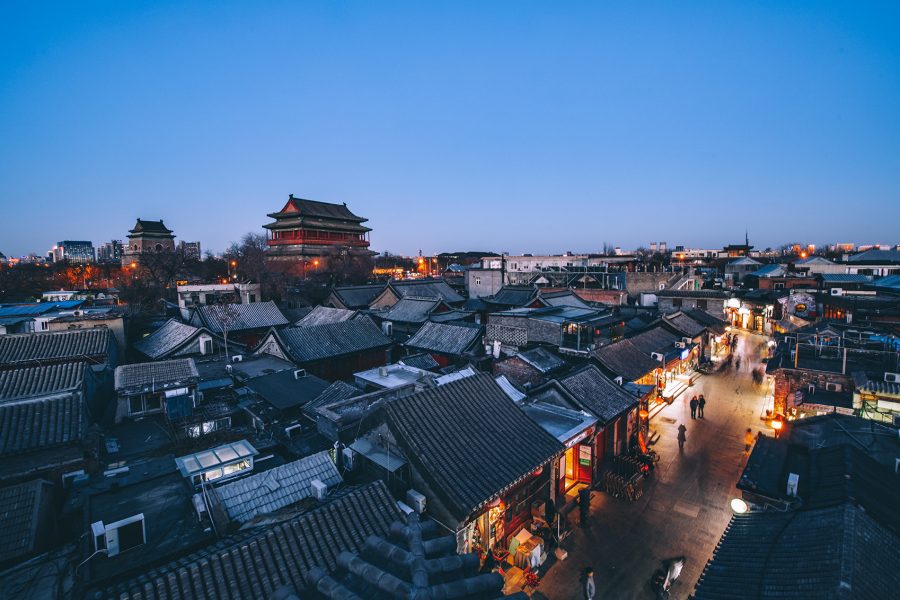Few cities can match Beijing for big-hitting historical sites. From the Forbidden City to the Temple of Heaven, the Summer Palace and the incomparable Great Wall, there’s a richness of culture to be found in China’s capital that’s hard to beat. But beyond the main attractions, it’s the Beijing hutong (胡同), the city’s ancient residential alleyways, that leave the deepest impression.
These grey-brick, tree-shaded small streets are where local life unfolds: a game of xiangqi (Chinese chess) drawing a crowd; songbirds in cages; fruit-sellers and scrap collectors; a cleaver-sharpener doing the rounds. These residential areas are where you’ll find an older generation living their lives in traditional dwellings, removed from the breakneck pace of change in the rest of the city.
More recently, multiple hutong have become homes to hip cafés, cocktail bars and boutique hotels, meaning there are even more alleyway gems for the curious traveller to discover.
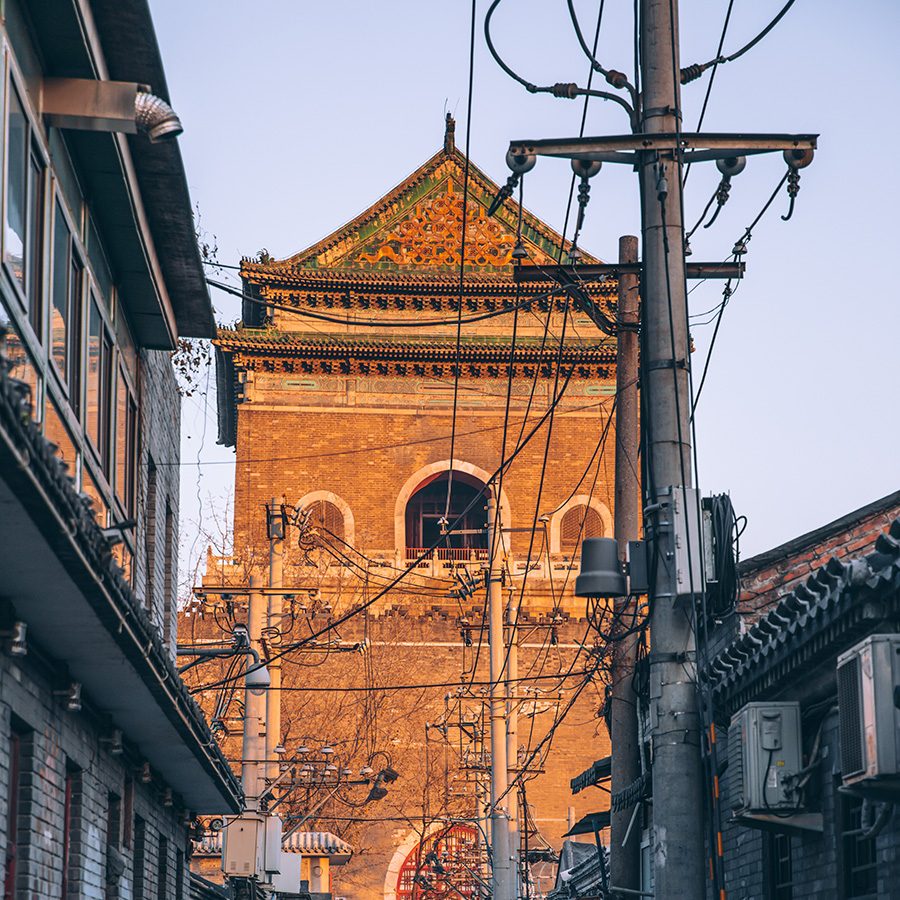
Credit: Colin Qu
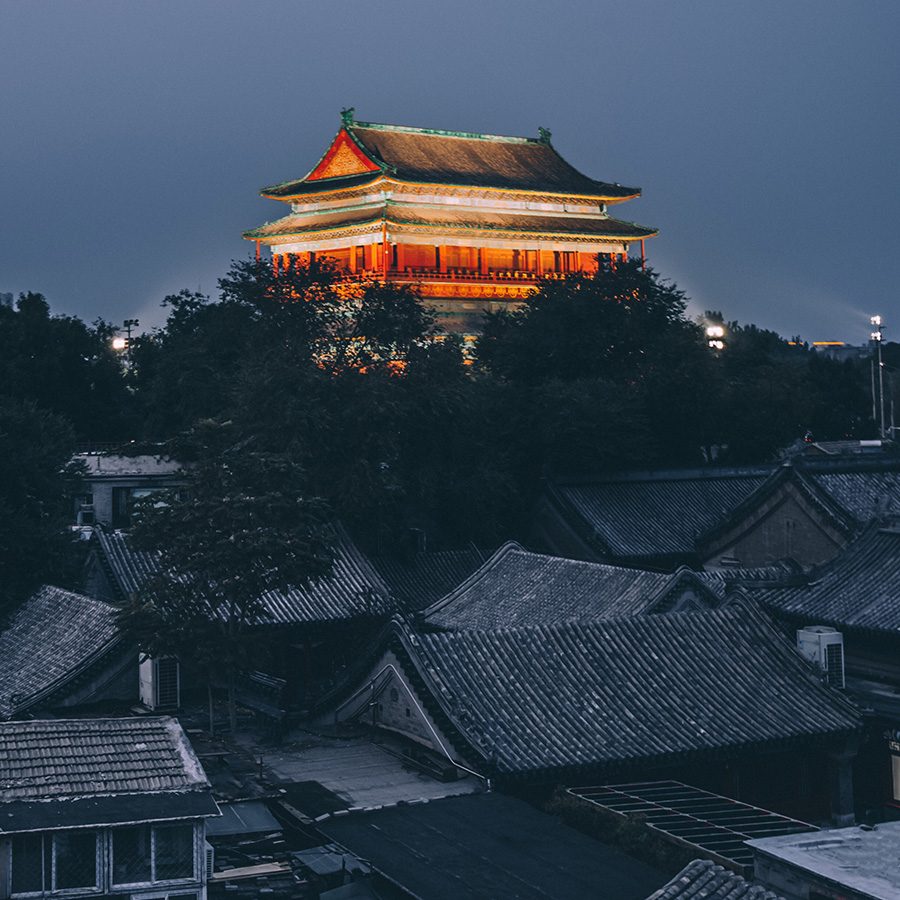
Credit: Colin Qu
A (very) brief history of hutong
The word hutong is thought to derive from “hottog”, the word for water well in the Mongolian language, around which Mongol communities were arranged. They first appeared in Beijing in the Yuan dynasty (1271-1368), when the Mongol ruler Kublai Khan was emperor of China.
In later dynasties, hutong were formed in the spaces between the outer walls of siheyuan, or courtyard mansions. Most siheyuan today have been broken up into multiple residences within, but you can still see the grand entrances guarded by a pair of Chinese lions, or baogushi (drum stones).
After decades of development, Beijing has perhaps only one tenth of the hutong it had in 1949 (from 3,200 down to around 300), but the pockets that remain are now under various levels of protection. In some, you'll find Beijing’s hutong culture contrasted with new; where glossy modern high rises tower above rabbit warren-like low-rise districts.

Credit: Colin Qu
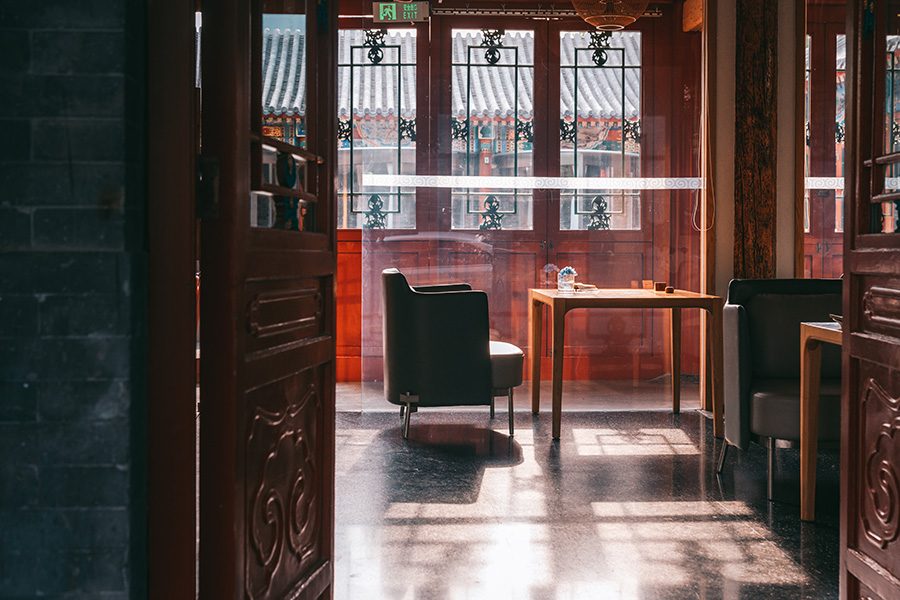
Credit: Jay Zhang
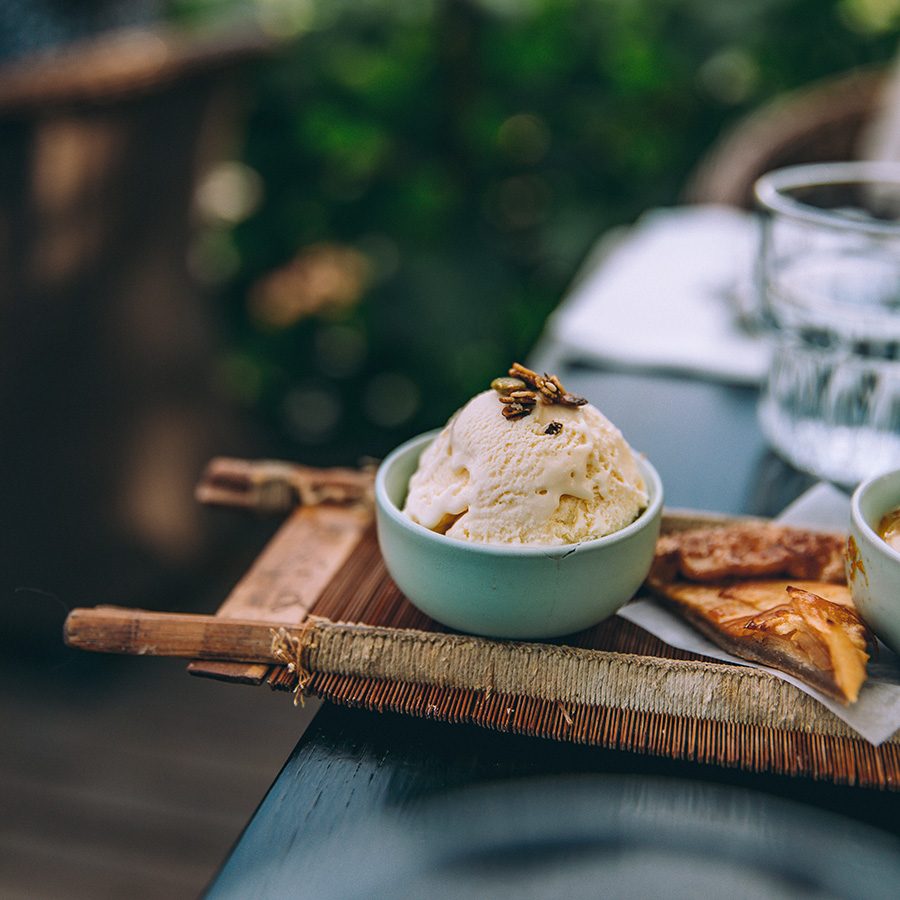
Start your adventure
One of the best areas to begin your hutong tour is a neighbourhood north of the Forbidden City that’s come to be known as Gulou. It’s named for the 46m Drum Tower , which dates back to 1272 and was rebuilt at its current location in 1420. The tower once sounded the rhythm of the city, its 24 drums keeping time for hundreds of years, right up until the Beijing Coup of 1924.
The alleyways in Gulou snake off in multiple directions, making it the perfect place explore once you’ve climbed the tower (and the neighbouring Bell Tower) for fascinating views of the surrounding alleys and their tapering tiled rooftops.
Find your way east through twisting lanes to The Orchid (65 Baochao Hutong), a hidden gem of a boutique hotel carved out of part of an old Qing dynasty home. Toast , the hotel’s casual restaurant, has a roof terrace with Drum Tower views and a Middle Eastern-inspired menu. If you prefer a more local breakfast, head south to Yaoji Chaoguan (311 Gulou Dongdajie), one of few places left in Beijing where you can try Beijing’s traditional breakfast stew of pig’s liver and intestines in a rich brown sauce. If that sounds too much of a challenge, they also serve tasty baozi (steamed buns with various fillings) and zhajiang mian, Beijing’s signature noodles served with pork, soybean paste and crunchy veggies.
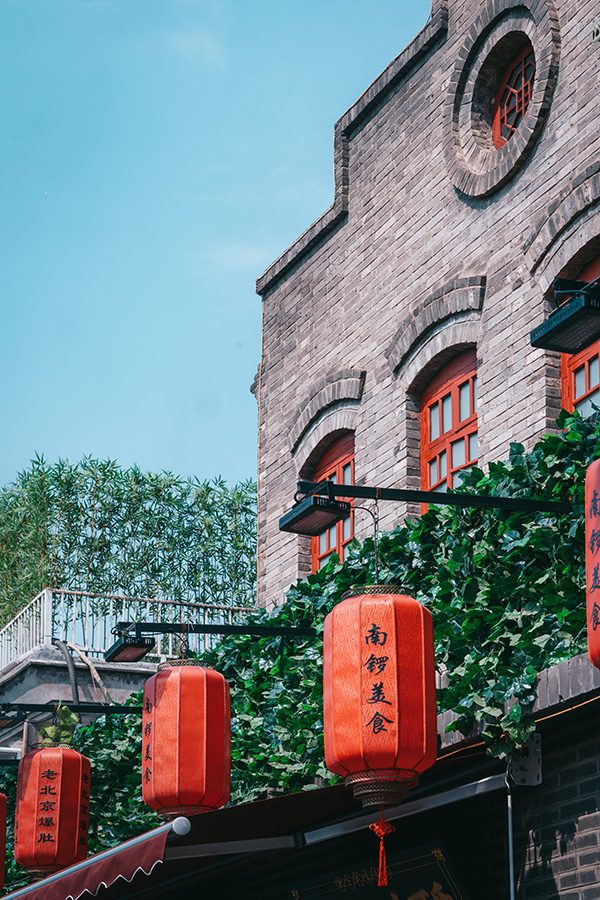
Credit: Jay Zhang
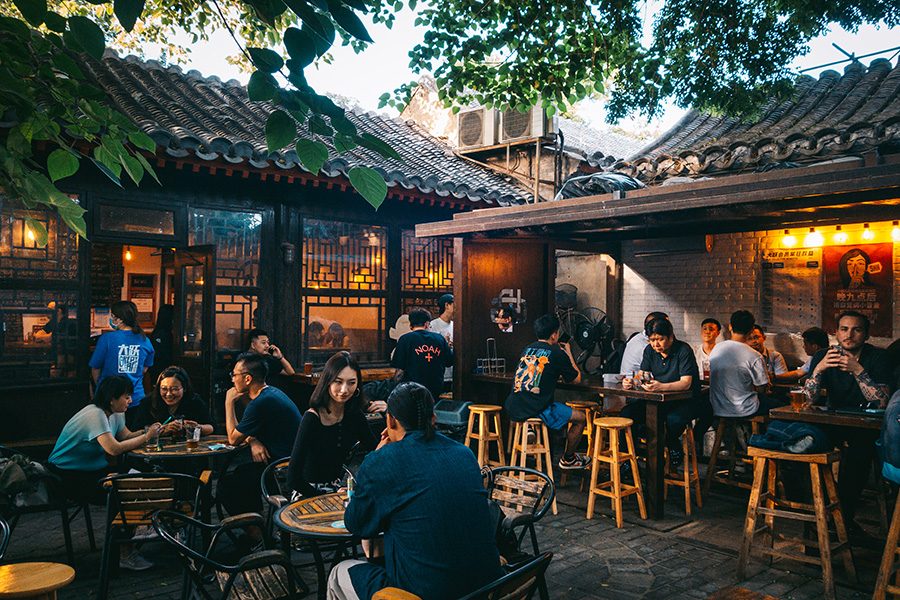
Credit: Jay Zhang
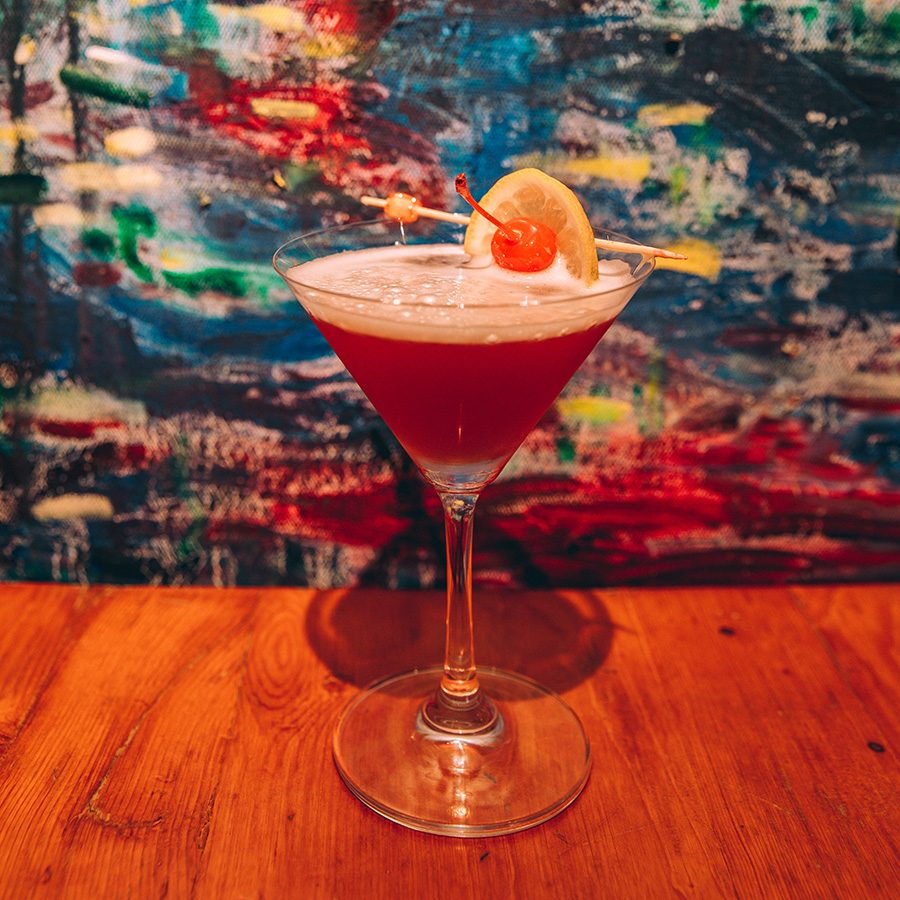
Credit: Colin Qu
Nanluoguxiang: Worth the hype?
The most famous hutong in Gulou is Nanluoguxiang. As a result, it is a victim of over-tourism: expect to battle crowds. Thankfully, the intersecting side alleys that criss-cross Nanlougu fishbone-style are quieter and even more alluring, home to enticing finds like Great Leap Brewing (6 Doujiao Hutong), Beijing’s first craft brewpub. The walled courtyard garden is a lovely spot to try beer infused with locally sourced ingredients such as Chinese bark cinnamon and Sichuan peppercorns.
Nearby, you can duck into the former residence of Qi Baishi (13 Yu’er Hutong), an influential Chinese painter who lived in Beijing in the early 1900s. An exhibition tells the story of his life, while the courtyard invites you to linger a while over a cup of jasmine tea. For something a bit livelier, seek out Jiang Hu (7 Dongmianhua Hutong), a bohemian music lounge in an old hutong home, where local musicians come to jam and drink late into the night.
Another way to skip the crowds is to head north to Beiluoguxiang, where you’ll find third-wave cafés like Voyage Coffee (80 Beiluoguxiang) and chilled- out cocktail bars like Mai Bar (40 Beiluoguxiang), all atmospheric timber beams and flickering candles.
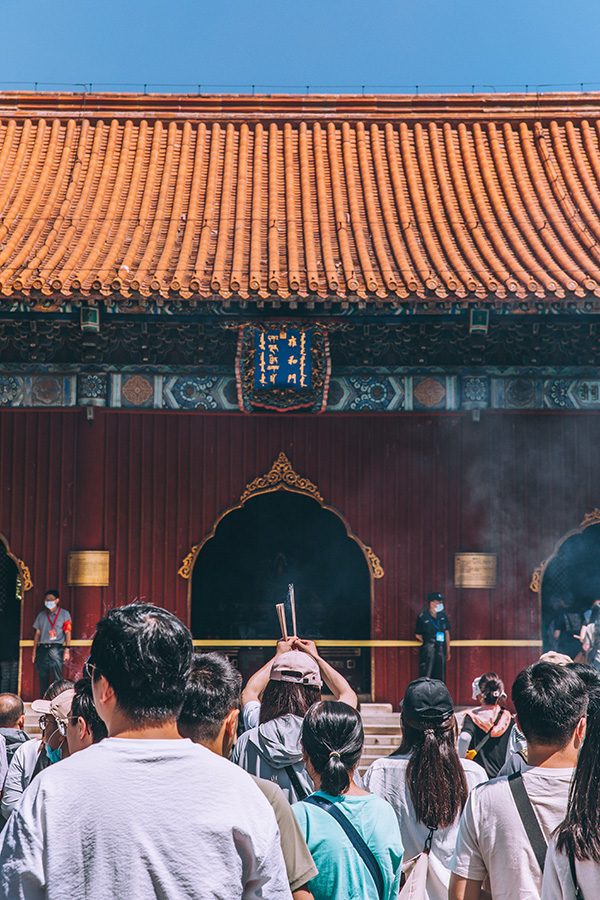
Credit: Colin Qu
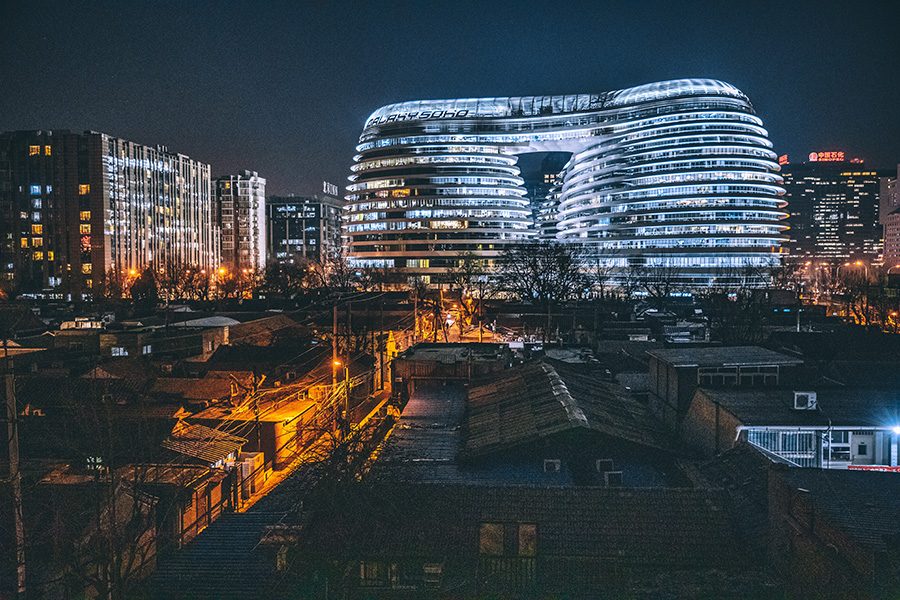
Credit: Colin Qu

Credit: Colin Qu
Temple tour
Heading east from Beiluoguxiang, divert north along Andingmennei Dajie to Guozijian, a hutong that takes its name from the old imperial college adjacent to the Confucius Temple (13 Guozijian Jie). One of the most serene spots in Beijing, the temple is a haven of calm and a great place to wind down as you stroll between stone slabs carved with the names of China’s top scholars.
Divert north through narrow alleys and you’ll eventually hit Wudaoying hutong, lined with places to eat and shops selling clothes, vintage bric-a-brac, porcelain and souvenirs. One of the best cafés here for a pitstop is Metal Hands (68 Wudaoying Hutong), or indulge in the area’s most refined dining experience at King’s Joy (2 Wudaoying Hutong). Awarded three Michelin stars in 2022 (though surprisingly affordable for it), it serves zen- like vegetarian set menus using local ingredients, a nod to the Lama Temple located opposite.
Saving the best until last, this Tibetan Buddhist lamasery, opened in 1694, is one of Beijing’s premier sights, where scarlet-robed monks have chanted sutras for hundreds of years. The innermost hall reveals an 18m Buddha carved from a single trunk of Tibetan sandalwood.
From dining to culture, history to architecture, the multifaceted story of Beijing and its people begins with hutong. There’s no better way to begin your discovery of this incredible city.
Hero image credit: Colin Qu
More inspiration
Beijing travel information
- China – the Chinese Mainland, Hong Kong SAR, Macao SAR and Taiwan Region
- Hong Kong SAR - English
- Chinese Mainland (China) - English
- Taiwan, China - English
- 香港特別行政區 - 繁體中文
- 中国內地 - 简体中文
- 中國台灣 - 繁體中文
- Africa
- South Africa - English
- Asia
- Bangladesh - English
- Korea - English
- Singapore - English
- Cambodia - English
- 한국 - 한국어
- Sri Lanka - English
- India - English
- Malaysia - English
- Thailand - English
- Indonesia - English
- Maldives - English
- ประเทศไทย - ภาษาไทย
- Indonesia - Bahasa Indonesia
- Myanmar - English
- Vietnam - English
- Japan - English
- Nepal - English
- Việt Nam - tiếng Việt
- 日本 - 日本語
- Philippines - English
- Australasia
- Australia - English
- New Zealand - English
- Europe
- Belgium - English
- France - Français
- Россия - Русский
- Denmark - English
- Ireland - English
- Schweiz - Deutsch
- Deutschland - Deutsch
- Italia - Italiano
- United Kingdom - English
- España - Español
- Nederland - Nederlands
- Middle East
- Bahrain - English
- Saudi Arabia - English
- United Arab Emirates and Qatar - English
- Israel - English
